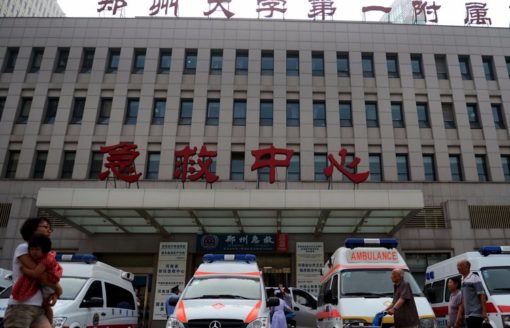China’s public health system has seen significant changes within the past decade, offering its constituents with better access to healthcare and innovative medical technologies. An aging population, growing wealth, increasing size of the middle class and the relatively rapid economic growth are the major drivers for booming healthcare demand. Mergers and acquisitions of and collaborations with foreign companies are accelerating the pace of innovation and the implementation of new technologies in providing healthcare services in China.
Health related costs in China are anticipated to reach about $2 trillion annually by 2025, driven by the surge in the number of elderly and the broadening of the national insurance coverage, making China the world’s second-largest healthcare economy after only the U.S. More than 95% of China’s nearly 1.4 billion citizens have access to national health insurance. The Chinese government has been setting out on a selection of healthcare transformation initiatives. For example, telemedicine services, which are part of the “internet+ healthcare” in China, are being implemented. Healthcare services provide tremendous opportunities for various businesses, insurance companies, and the pharmaceutical industry, and they are all working together towards attaining the objective of offering higher accessibility to and lower-cost of healthcare services. China’s healthcare industry is adopting emerging technologies to fulfill the medical needs in a high-quality fashion. China is embracing both technology innovations and transforming the healthcare industry to satisfy demand from a huge domestic healthcare market with sustained growth.





Beijing City Government to Create a Dedicated Tech Investment Arm